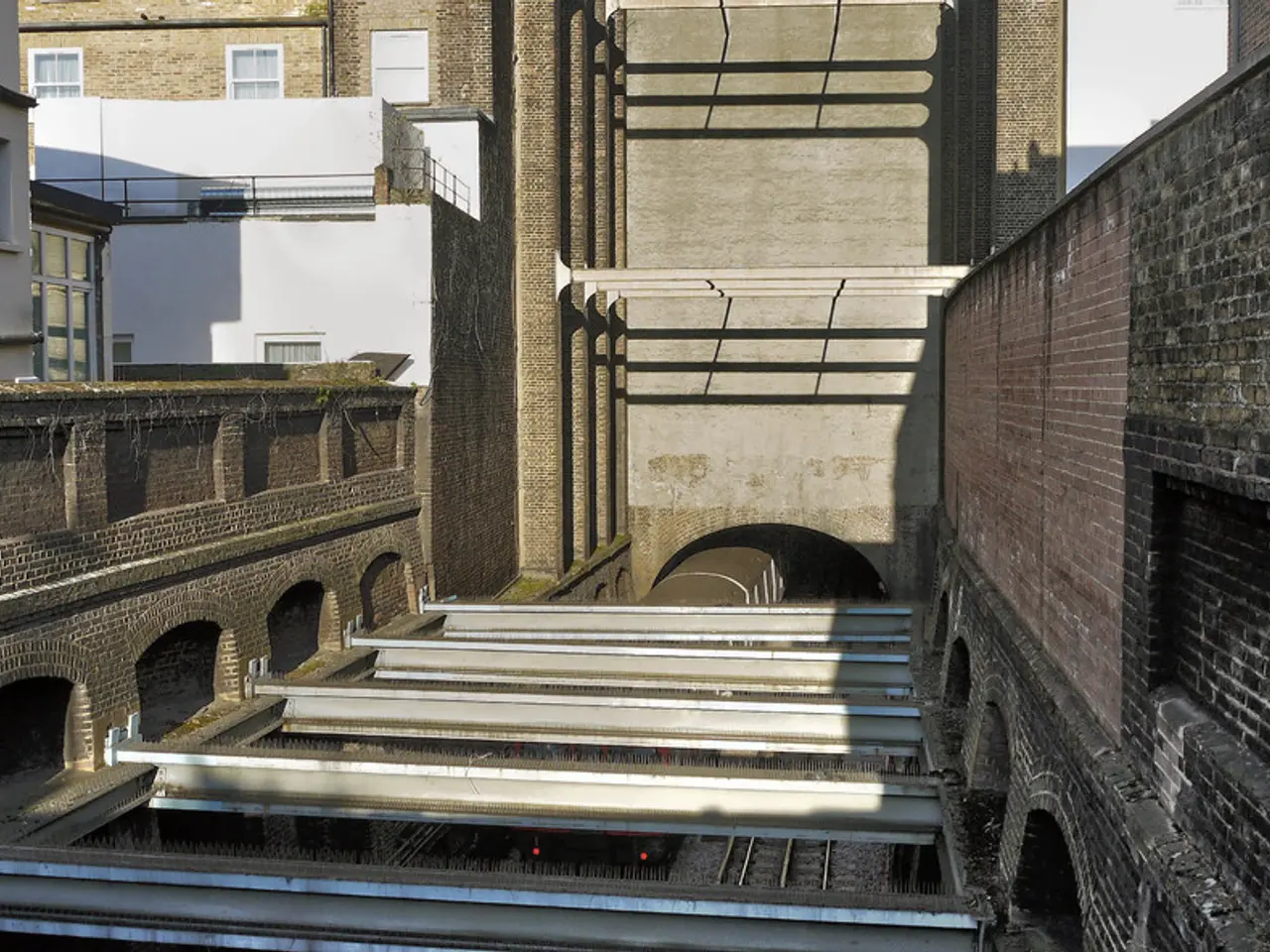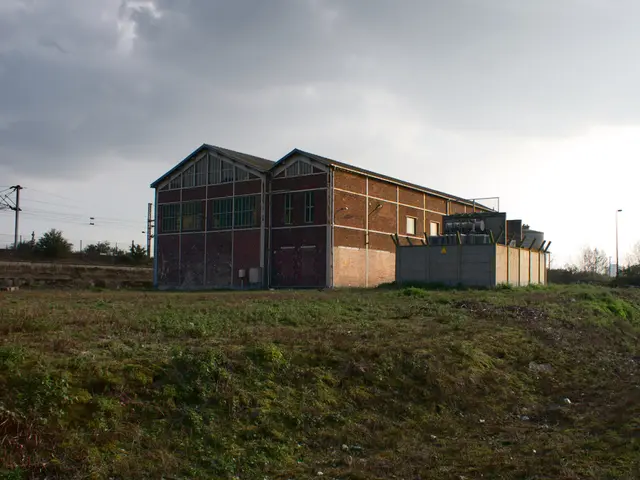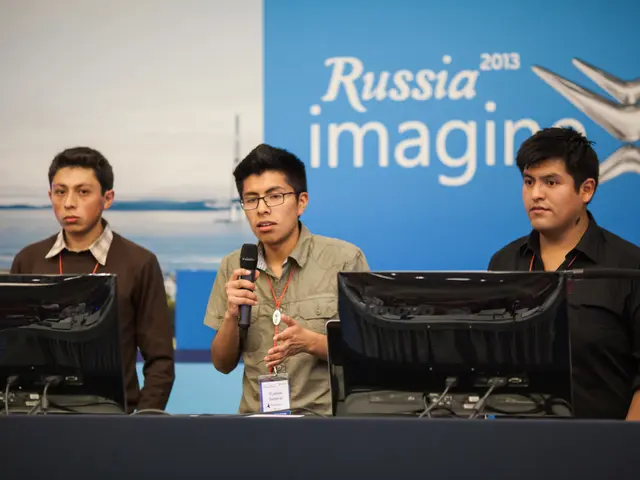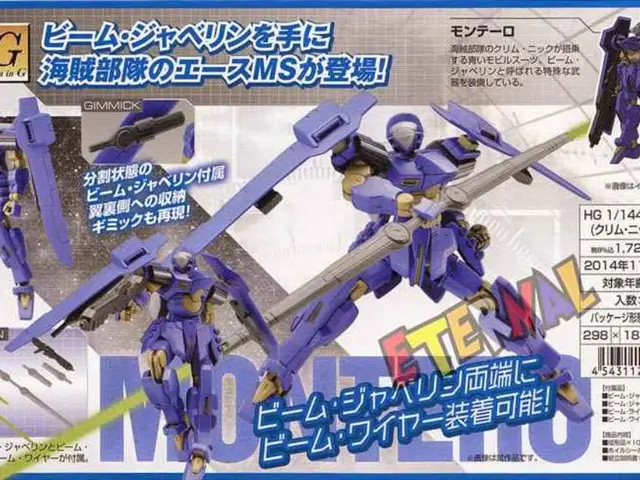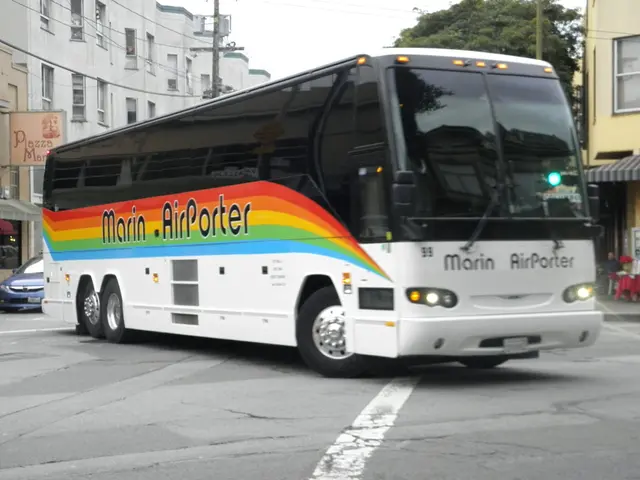Train tunnel breakthrough confirmed by Vaishnaw: Phase One of Bullet Train to launch in 2027
The first phase of India's high-speed rail corridor, connecting Surat and Bilimora, took a significant step forward this weekend with the completion of a crucial 4.88-kilometre tunnel. The tunnel, part of the Mumbai-Ahmedabad bullet train project, was excavated using the New Austrian Tunneling Method (NATM) and marks a major milestone in the project's development.
The breakthrough was announced by Railway Minister Ashwini Vaishnaw, who was present at the site and initiated the final blast that marked the completion of nearly five kilometres of tunneling work. Describing the development as a "landmark achievement," Vaishnaw confirmed that the first phase of India's high-speed rail corridor will commence operations in December 2027.
The 21-kilometre underground segment, stretching from the Bandra-Kurla Complex to Shilphata, is a significant part of the Mumbai-Ahmedabad bullet train project. An additional intermediate tunnel (ADIT) was built to allow simultaneous excavation from both Ghansoli and Shilphata sides. Excavation of the tunnel began in May 2024 in three phases.
The Surat-Bilimora section of the bullet train project is scheduled to open in 2027. The corridor will extend to Thane in 2028 and finally reach the Bandra Kurla Complex by 2029. The NHSRCL (National High Speed Rail Corporation Limited) is responsible for the project.
The bullet train service is aimed at catering to the middle class, with affordable ticket prices. Passengers traveling between Mumbai and Ahmedabad will not require prior reservations and can arrive at the station and board. The service will feature frequent departures, with trains every 30 minutes during peak morning and evening hours. Once the full network is operational, trains are expected every 10 minutes during peak periods.
Currently, Google Maps shows it takes around nine hours to travel between Mumbai and Ahmedabad. The bullet train will cut that down to just two hours and seven minutes, making travel between the two cities significantly faster and more convenient.
Speaking to the media, Vaishnaw emphasised the importance of the project, stating, "This high-speed rail corridor is not just about speed, it's about connecting people, it's about creating opportunities, it's about bridging distances, and it's about making travel affordable for the middle class."
The information for this article was provided by PTI (Press Trust of India). The coordinator for the commissioning of the first phase of the high-speed rail line between Surat and Bilimora in December 2027 has not been publicly disclosed yet.
Read also:
- MRI Scans in Epilepsy Diagnosis: Function and Revealed Findings
- Hematology specialist and anemia treatment: The role of a hematologist in managing anemia conditions
- Enhancing the framework or setup for efficient operation and growth
- Hydroelectric Power Generation Industry Forecasted to Expand to USD 413.3 Billion by 2034, Projected Growth Rate of 5.8% Compound Annual Growth Rate (CAGR)
